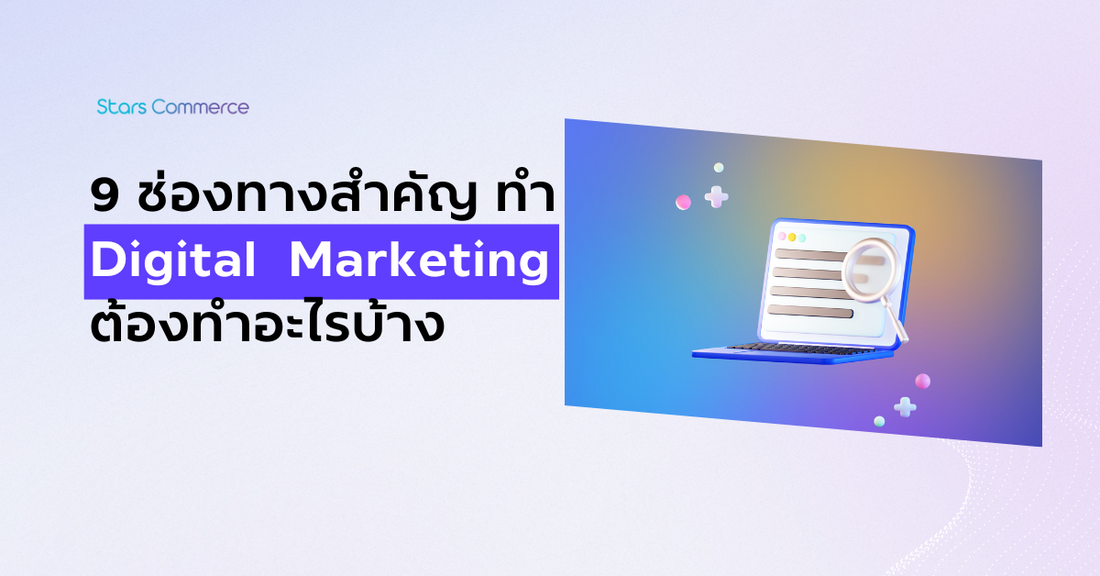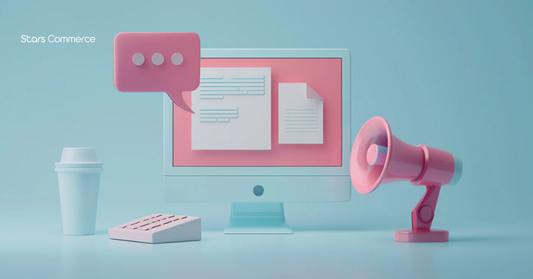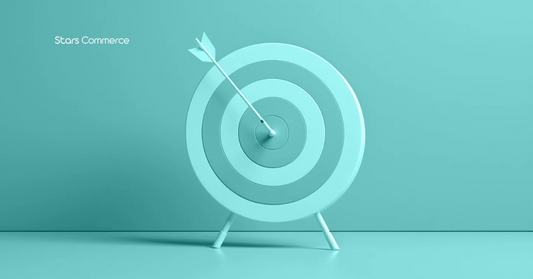Today, digital marketing is one of the most important strategic initiatives for businesses. Many people turn to the internet for information on businesses and products as consumers like to be educated about their purchases. Using different digital marketing strategies to promote your business and products digitally will help you reach your audience through the channels that they’re already engaging with.
So before beginning our learning on the types of digital marketing, let us first understand what is digital marketing.
Digital marketing refers to any marketing strategy that uses an electronic device that may or may not is connected to the internet. Even radio ads and television commercials are digital marketing strategies, though digital marketing has evolved, and new strategies can be much more effective. Digital marketing is important when it comes to being competitive and relevant within your industry. If your business has no web or digital presence, you’re missing out on countless opportunities to reach out to your target audience.
Let us learn about the different types of digital marketing.
Types of Digital Marketing
There are many types of digital marketing that you can leverage to increase your audience reach. Using multiple digital marketing channels can help you create a well-rounded strategy that will yield the best results.
To help you determine which digital marketing strategies may work best for your business, here are six of the most effective types of digital marketing:
1. Content Marketing
Content marketing refers to informational, valuable content like blog posts, how-to videos, and other instructional materials. This type of marketing helps you connect with your audience and answer their questions. It can also help to generate leads and close sales.
Content should be published regularly with the target audience in mind. Ideally, your brand would become a trusted voice within the industry by publishing quality, reliable content. You want your audience to come to you first for information on the latest industry trends.
Key Strategy
Designing a simple and effective content strategy is the key to a promising beginning:
- Choose 4 to 5 core themes considering the customer needs and what your brand wishes to communicate to the masses.
- Decide the formats: video, audio, articles, or others.
- Finalize the channels you will use to post each piece of content.
2. Search Engine Optimization (SEO)
Search engine optimization, (SEO), is the strategy of creating content in such a way that search engines like Google will rank your page high on the search engine results page (SERP).
Google uses algorithms to decide how relevant your page is to the keywords that the user is searching for. These algorithms update frequently, and SEO strategies must be adjusted just as regularly to remain effective.
When done properly, SEO efforts will put your page at the top of the SERP and bring in more organic traffic. It increases the brand visibility and also is cost efficient, compared to PPC.
However, SEO depends on your continuous content and also with Google's changing algorithms it might come in the way of your efforts. So, when it comes to SEO, it surely takes time to work.
Key Strategy
- SEO begins with good content. Follow a good content strategy and do keyword research to discover what people search for.
- Stay updated on Google's recommendations for content.
3. Pay-per-Click Advertising (PPC)
Search engine marketing, or SEM, refers to paid advertisements that appear at the top of the SERP. The cost of these ads typically depends on the number of clicks the link receives, hence “pay-per-click.”
When you pay for these top SERP slots, the “Ad” label will appear next to your URL. Despite consumer knowledge that these are ads, many still click on these links, and it can be a very effective digital marketing strategy. It surely helps attain a top rank quickly and time efficient.
However, It can often be expensive to target popular keywords. Most people are skeptical of ads in the search results and prefer to trust the natural search results.
4. Social Media Marketing
With social media marketing, social media platforms are used as a digital marketing channel. Ads can be bought to reach out to a new audience, or you can create a profile for your business on any social media platform and create posts to advertise new products, sales, or freshly published content.
Which social media platform you will use will depend on the type of audience you want to reach. Facebook or Instagram ads allow you to target specific customer segments and convey your message to the right people. Its has of the high conversion rates and efforts multiply quickly as people like, comment, and share your content.
Keep in mind that Social media is challenging. The algorithm changes every now and then. Along with that, new content formats are introduced frequently. You will have to gun for updates constantly. Although it sounds simple to post on social media, you require strategic planning and dedication of enough time to do it consistently and efficiently.
Key Strategy
Make your social channels a part of your content marketing strategy. Decide your content creation, the format and the channels you would distribute your ideas. This marketing technique requires you to create a calendar wherein you can mark the days for posting on a particular channel and the days for posting on the other. Since social media is an interactive platform, you must also respond to your customers in addition to publishing high-quality content. Real conversations help gain trust and improve brand loyalty.
5. Affiliate and Influencer Marketing
Working with an affiliate or influencer can help increase your audience reach by engaging with their existing audience. For an effective affiliate/influencer relationship, try to work with an individual who is well-known and respected within your industry. They can create content promoting your business or product and share a link to your website. Every time a sale is completed, or a link is clicked, the influencer/affiliate will receive a kickback.
You get the privilege of the influencer's existing audience. So, you need not wait to build one yourself. Associating with a popular personality allows you to earn genuine followers and customers.
However, It is not just about paying a high amount to partner with influencers. You have to decide on the right influencer based on your audience and brand and figure out authentic ways to partner with them.
Key Strategy
Finalize what you expect from your influencer marketing campaign. Create a list of possible influencers who seem to be a good match for your brand. Get in touch with them and negotiate your terms considering theirs.
6. Email Marketing
When someone visits your website or business, invite them to join an email subscriber list. With their permission, you can send emails about sales, special events, or product releases. Email marketing is often underestimated, and according to Lyfe Marketing, approximately $40 of revenue is brought in for every dollar spent on email marketing.
The most important part of this digital marketing channel is that it should provide value to your audience. Offer them exclusives that they would not receive anywhere else, and you can build a mutually beneficial relationship that will increase brand loyalty.
Now that we have understood the types of digital marketing, let us next look into the details such as when and how to use the different types of digital marketing.
7. Mobile Marketing
As per Google research, 27% of people worldwide use mobile voice search. The mobile consumer journey is on an exponential rise. Digital marketing requires immediacy as much as loyalty, and smartphones are one of the most immediate problem-solving partners anywhere, anytime.
Mobile marketing is mandatory for brands who desire to be with their customers, side by side. It requires the marketer to adapt everything he is doing on the desktop to mobile. You must also be efficient in mobile-specific tasks such as in-app advertising, texting, and social messaging apps. It is significantly important for brands that target a younger audience.
Key Strategy
Optimizing your website and content for mobile is a prerequisite. It must work and look good on all devices. You can create an app, adopt instant messenger marketing, and offer services by geolocalization. Some quick tips for your next step are:
- Keep things simple and short.
- Use clear text and big buttons.
- Put captions on your videos to convey your message to people who have the sound system muted.
8. Video Marketing
In today's fast-paced scenario, short and quick videos are quicker than texts in attracting customers. Be it educational or entertaining, live or pre-recorded video content is a reliable digital marketing option. Today, over 2 billion people look for something or the other per month on YouTube. It is a promising opportunity to reach new customers, and video marketing strategies drive results throughout the marketing funnel.
80% of customers opt for search engines and videos to learn about products and check reviews. 55% of consumers do it before buying.
Key Strategy
Make video a part of your content marketing strategy. Get specific and decide whether you wish to add inspiration, education, or entertainment. Staying focused on your objectives helps you attain your marketing goals more quickly. Initially, you do not require perfection or high production values. Pay attention to lighting and sound to make your videos clear and professional.
9. Audio Marketing
Radio has been customers' favorite since the Golden Age of commercial broadcasting. From the 1920s till today, a section of people still listens to the radio regularly switching from traditional radios to internet radio. Channels like Spotify help advance audio marketing. Audio marketing is much broader as it includes podcasts and smart home assistants such as Google Home or Amazon Alexa.
Podcasts are increasingly consumed, and they take the audience off the radio. People prefer them when working out or doing other mechanics. To ace audio marketing, you must understand the habits of your target audience. Think about the activities they might do while listening to your audios. This way, you can make audio marketing a big sales opportunity for your brand.
Key Strategy
Begin by deciding your goals and preferences—creating a radio ad, starting a podcast or opting for smart home assistants. Think about your target audience and where they would spend their time. Select the best channel and focus on the same. You can figure out ways to utilize the content that you already have.
Contact us for personalized services tailored to your specific needs and objectives. Let's elevate your online presence together!



